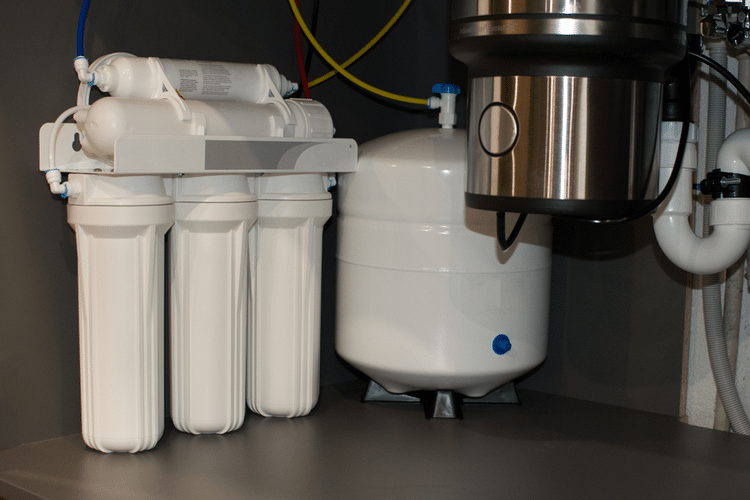Contents
- 1 1. Understanding the Basics
- 2 2. Why Soutaipasu is Important
- 3 3. Real-World Scenarios of Soutaipasu
- 4 4. Structure of Soutaipasu
- 5 5. Advantages of Using Soutaipasu
- 6 6. Common Mistakes with Soutaipasu
- 7 7. Soutaipasu vs Absolute Path
- 8 8. Learning Soutaipasu as a Beginner
- 9 9. Professional Use Cases
- 10 10. Conclusion
- 11 FAQs
1. Understanding the Basics
In the digital world, a path is a way for your computer or server to know where a file is located. There are two common types:
- Absolute Path – gives the complete address of a file starting from the root.
- Relative Path (Soutaipasu) – points to a file in relation to the current location.
The Japanese word Soutaipasu (相対パス) translates directly to “relative path,” and it is widely used in programming, web design, and software development.
2. Why Soutaipasu is Important
Relative paths may sound simple, but they play a critical role in development and project management. Here’s why:
- They make projects portable (easy to move across systems).
- They keep file references short and clean.
- They reduce dependency on a single device or folder structure.
- They help developers organize projects better.
Without relative paths, even a small project could turn into a nightmare when files are moved or shared.
3. Real-World Scenarios of Soutaipasu
Web Development
Imagine creating a personal portfolio website. Your HTML files need to link to CSS, images, and JavaScript. Using Soutaipasu ensures that your project works no matter where you move the folder.
Programming
Languages like Python, PHP, and Java often import modules and libraries using relative paths. This ensures that when code is shared with a teammate, it works without rewriting paths.
Software & Game Design
In video games, assets like sound files, images, or 3D models are stored in structured folders. Soutaipasu allows the game engine to load them quickly without relying on one fixed system path.
4. Structure of Soutaipasu
Relative paths typically use symbols to navigate file systems:
./→ Refers to the current directory../→ Moves one folder up../../→ Moves two folders up, and so on
Example:
./style.css→ a CSS file in the same folder../images/photo.jpg→ an image in the parent folder
This structure is simple but extremely powerful when managing projects.
5. Advantages of Using Soutaipasu
| Advantage | Description |
|---|---|
| Portability | Projects run on any computer as long as folder structure is intact. |
| Efficiency | Saves time by avoiding long and complex addresses. |
| Flexibility | Works across operating systems and servers without major adjustments. |
| Collaboration | Makes teamwork smoother since files don’t need hardcoded system paths. |
6. Common Mistakes with Soutaipasu
- Disorganized Folders – If the project structure is messy, relative paths get confusing.
- Too Many Nested Directories – Using
../../../repeatedly becomes hard to track. - Mixing Relative and Absolute Paths – This often causes broken links.
- Forgetting Deployment Environment – A project may work locally but break when uploaded to a server if paths are not carefully handled.
7. Soutaipasu vs Absolute Path
| Feature | Soutaipasu (Relative Path) | Absolute Path |
|---|---|---|
| Length | Short and simple | Long and detailed |
| Portability | Highly portable | Not portable |
| Best Use Case | Projects that move between devices/servers | Fixed file references on one system |
| Flexibility | Works in teams and multi-platform projects | Limited flexibility |
Both are useful, but for most web and software projects, Soutaipasu is the smarter choice.
8. Learning Soutaipasu as a Beginner
If you’re just starting out:
- Practice creating folders and linking files with relative paths.
- Build a mini project (like a personal website) using only Soutaipasu.
- Test moving the entire folder to another location — notice how the links still work.
This hands-on approach helps beginners truly understand the value of relative paths.
9. Professional Use Cases
For professionals, Soutaipasu is an everyday tool:
- Web Designers use it to connect stylesheets, images, and scripts.
- Programmers use it to import configuration files.
- Game Developers use it for loading resources efficiently.
- Software Engineers rely on it when deploying applications to servers.
It is one of those “small but mighty” concepts that support large-scale projects.
10. Conclusion
Soutaipasu, or relative paths, may look like a small technical detail, but it has a huge impact on how projects are structured, shared, and maintained. Whether you are a beginner experimenting with code or a professional managing large applications, mastering relative paths gives you confidence and flexibility.
In a world where technology constantly changes, Soutaipasu provides stability — ensuring that your work moves seamlessly wherever it goes.
FAQs
Q1. What does Soutaipasu mean?
It means “relative path,” a way of referencing files in relation to the current directory.
Q2. Is Soutaipasu only for web development?
No, it is also used in programming, game design, and general file management.
Q3. Can Soutaipasu break?
Yes, if the folder structure changes or if paths are written incorrectly.
Q4. Which is better: Soutaipasu or absolute path?
Relative paths are better for portability, while absolute paths are best for fixed, system-specific references.
Q5. Why should professionals care about Soutaipasu?
Because it keeps projects portable, organized, and team-friendly.



